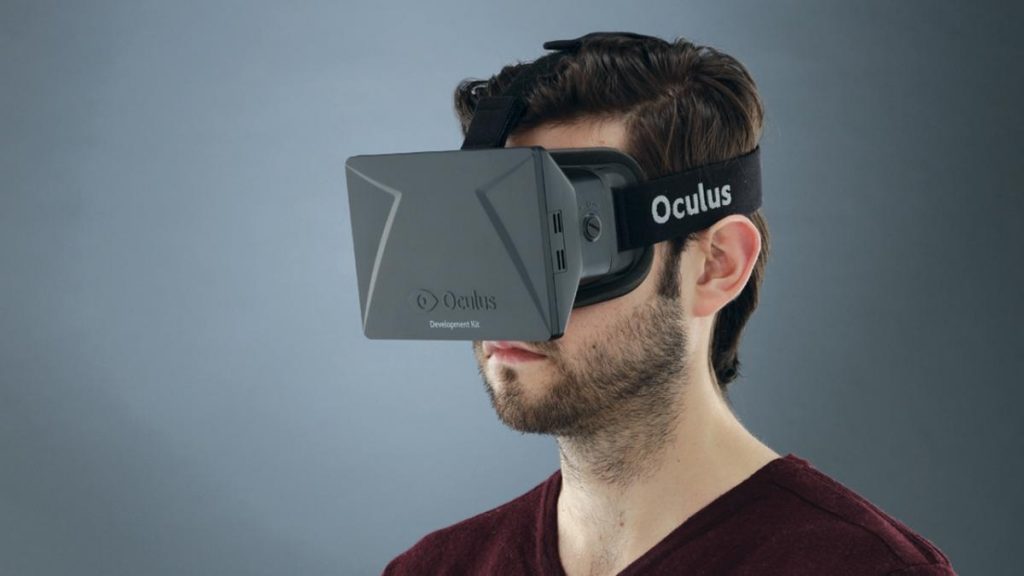Technology is advancing with astoundingly rapid speeds and if you need any real, recognizable proof of the speedy evolution of digital technology over the past decade, take a look at today’s gaming industry. From the early times of black-and-white games like Donkey Kong (1981) to 3D games like Assassin’s Creed III (2012), from primitive first-person shooter games like Call of Duty: Black Ops (2010) to more complex, realistic shoot games like Battlefield 3 (2011), one cannot doubt that the global gaming industry has had its fair share of technological evolution.
Gamblers who once used to push the lever on slot machines can now feel insignificant as gamers play online slots. It’s been a long way for both hardcore and casual gamers who have journeyed from the 1990s to the 2000s to see how games will turn out in the near future. It’s difficult to say which desires of avid gamers will come true but we can very well extend the application of trends to analyze what are the top five traits a gamer can expect from tomorrow’s gaming.
Gaming trends can be classified in various aspects such as free-to-play (F2P), mobile gaming etc, as technology is no longer limited to electronics. However, we will be looking at trends that focus more on software-related changes in the gaming industry:
- Cloud Gaming

The internet has become faster and reliable in terms of connectivity and the application of cloud-computing in gaming has started to gain momentum. The developers of ‘The Sims’ embraced cloud gaming as a crucial tool. The idea was later picked by other in the industry as an opportunity to make games easier to access for users. As cloud-computing technology is rising, gamers don’t have to wait long to get updates on high-quality games. The information is in the cloud and all you have to do is get connected and play to your hearts’ satisfaction. In 2012, Sony purchased cloud-gaming service provider Gaikai for $380 million to incorporate the technology in PlayStation 4.
- Secondary Screens for Gaming
As the market of handheld devices such as tablets, smartphones and gaming gadgets is booming, the war between console brands – Sony, Nintendo and Microsoft has escalated, racing toward the invention of a secondary gaming device for gamers. An example of this is the Wii U GamePad with a built-in touchscreen that serves as an accessory in gaming. In first-person shooter games, the second screen lets you access the map without leaving the game field. The device enhances your gaming experience that can be learnt from the ZombiU gameplay trailer. Other secondary devices include the Xbox Smartglass by Microsoft and the Cross-Play by Sony.
- Immersive Gaming: The Return of Virtual Reality

Although 3D films are as old as 100 years from now, the 3D technology didn’t gain attention until more recent films like Avatar took up the high-cost challenge. Gaming on the other side has only recently introduced 3D features as trends have shifted toward immersive digital entertainment. Virtual Reality or VR Gaming became prominent with Oculus Rift, a VR head-mounted display that features a massive field view, quick-response and a head-tracking system.
With the improvements in hardware capabilities, the gaming industry has experienced the evolution of video games in terms of graphical quality.
- Open-Source Gaming
If you are a big fan of the mobile-gaming industry, you probably are aware of the growing market of homemade games and the real future of mobile games. Yes, we are talking about Open Source! A fine example of this is Ouya, an android-powered video game console created with the concept that games should be cheap to build and available for all. To create a game at home, a developer no longer needs expensive software development kits; Ouya offers 1080p gaming experience and contains a number of F2P and affordable games.
- Augmented Reality
You see your physical environment every day, but in Augmented Reality (AR), your brain will be fed with digital information or data overlay in real-time. An example of this is the gaming app DroidShooting. Bringing AR to practicality, this shooter game allows players to interact with their surroundings in real-time. You have to shoot your targets by simply holding up your smartphone. The idea might sound simple, but there is more to explore in this field as AR brings a range of possibilities for this gameplay concept.
Conclusion
Indeed the gaming market is growing phenomenally in terms of revenue and it is no secret that the online gaming industry has brought rapid changes to the way games are produced today. It is estimated that by 2016, the global market of mobile games will earn over $80 billion, surpassing the revenue-level of the video-gaming industry. Marketers have already started exploiting these markets by introducing VR games like Project Morpheus and Oculus Rift.

























